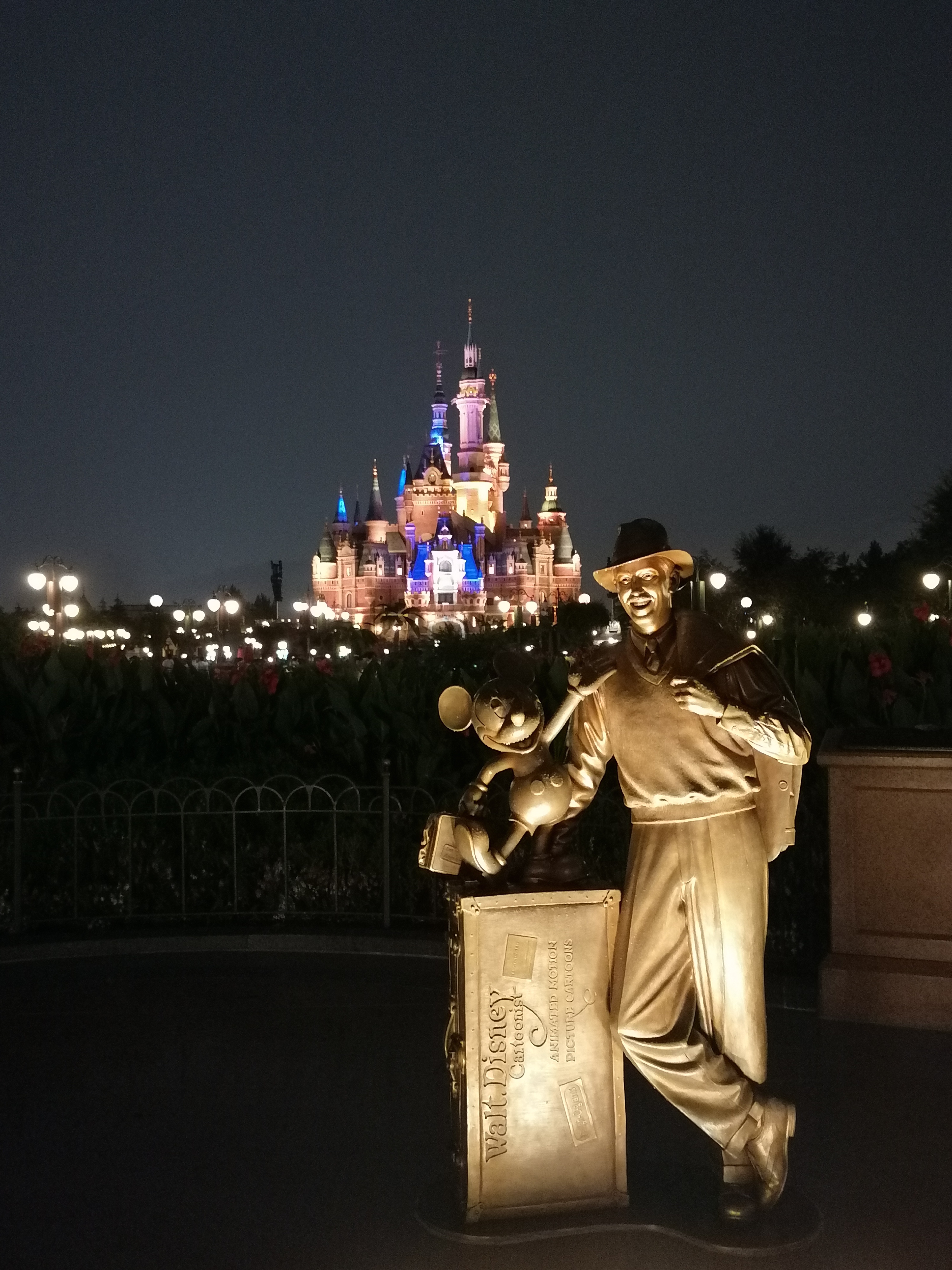Hello blog readers! Have you missed me? Once again, I went on hiatus from posting, but I have a very good reason. I have devoted most of this year to completing my book, which I am pleased to say I handed in to my editors yesterday. The plan for today was to rest, but I have felt a restless need to reflect on the year. So, here we are.
At the start of 2020, I set two goals:
- I want to complete and send in the manuscript for my first monograph.
- I want major grant funding for my new project, which will lead to my second monograph.
I can put a big tick next to goal number one. As for goal number two, the answer is a bit complicated. I have a much clearer vision for the project I imagined last year. I have a more detailed idea of what I need to do before preparing an application. I have a clearer idea of the questions, the outcomes and even who I want to be on my research team. These are aspects of a project I never really put a lot of thought into before. I naively thought I could do most things myself, or that funding would give me the time to work out the particulars, but that isn’t how this works. I have learned funders like to see a project is viable before they make a firm investment and that means knowing, for the most part, all the cogs are in the right place. My planning is far from over and now the manuscript is in, I plan to devote research time to developing the idea further before writing a funding app, but plans are in motion.
How did I learn this? Well, because I did get funding this year and for a project I never saw on the horizon in January 2020. This project emerged from a conference I helped to organise in May, and from there clear research questions and a research team fell into place. This time round, I wasn’t writing the application for me, it was for my team. I had to convince both them and myself what would work and what wouldn’t and I could almost see the project through a funders eyes. I have never felt so confident about a funding application going in before. Nevertheless, it didn’t stop me jumping for joy when we heard we had won the funding!
So, let’s talk about what I have done this year:
1. I wrote four articles, two are published, 1 rejected and 1 still pending.
2. I spoke at four different events – from my living room (organised by various universities across the world).
3. I completed and graduated from another Master’s.
4. Ran two extremely popular staff/PGR student workshops and received overwhelming excellent feedback.
5. Helped to organised an online conference
6. Currently organising another online conference.
7. Helped to organise an online seminar series.
8. Got funding.
9. Finished my book.
10. Got two beautiful kitties!


And I did it all during a global pandemic!
That last part is very important. Not everyone will have been as productive as me, because not everyone has the same circumstances. There were times when I felt I was failing, when I didn’t think that what I was doing was good enough, and times when I desperately wanted to escape the confines of my home and work. There were also times when I felt really lucky to have space, time, and few distractions! 2020 has thrown so many curve balls, but looking back on the year makes me feel so grateful that I have a patient and understanding husband, stable technology, a quiet home, space to walk, and my health. All of these things (and much, much more) have allowed me to committ so much time and energy to my work and to achieve dreams I didn’t think I would ever see come to fruition.
Personally, we have been effected by the pandemic. My husband lost his job, but gained a new one. Family members have struggled with their mental and physical health. But, we also felt we had the time to get a friend for our cat, Nimueh. We are now a two cat family and they have given us so many precious moments this year. I have also spent more time talking to family, especially my brothers, who often work and study away from home. A pandemic is awful, but the multiple lockdowns and limited ability to travel does have its blessings.

I have no idea what 2021 will bring, but I am committed to getting funding for my project idea. That is my one, and only focus for the year. That doesn’t mean I won’t do other things. Of course, I will, but focussing on one thing only feels manageable and exciting.


















